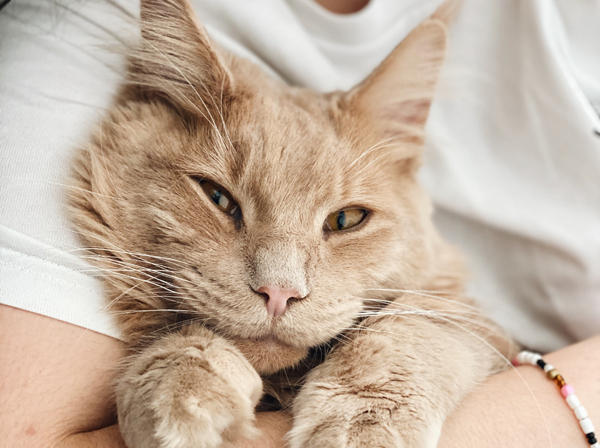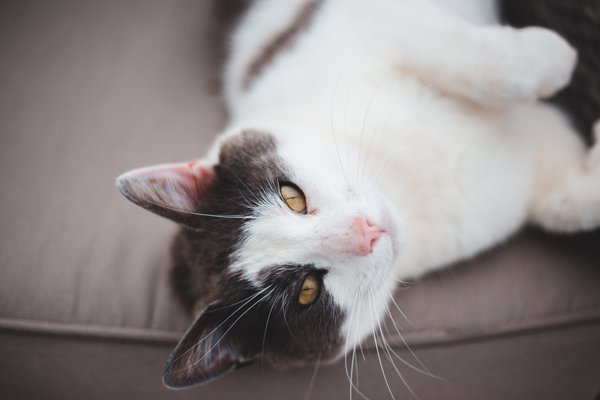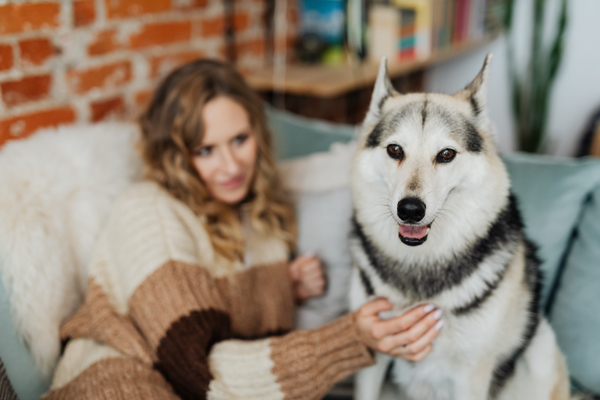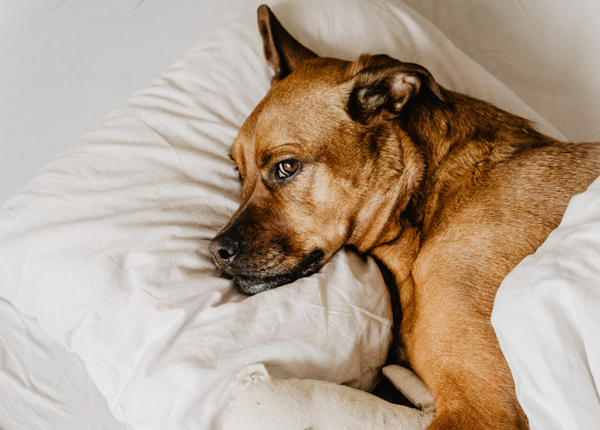
It’s the question that divides animal lovers across the globe – are you a dog person or a cat person? While we’re not taking sides either way, it’s cats that have an uncanny way of making you love them that simply draws you in to learn more about these majestic creatures.
Caring for feline friends requires finesse, gentility, and cunning to find out their secret wants and needs. We’ve honed in on some of the best tips for caring for cats – decoded by cat lovers – to give you the upper hand in cat companionship.
Tip #1: Let them tell you how they’re feeling
Like us, cats can experience a range of emotions and will often let you know how they feel through their behaviour. Timid, shy cats often hide under beds, lounges and other furniture and keep their distance until they feel comfortable with you. Others are more willing to investigate new arrivals and come up and sniff you or rub against your leg for attention. It’s important to understand the boundaries our cats set for us when we first meet and then earn their trust as we spend more time together.
Tip #2: Lots of cuddles
Not all cats love to snuggle, but many do. Often cats will find their most comfortable position – and let you fit around them! Grab a blanket to protect your lap against little claws as your cat paws to find their perfect position and enjoy some cuddle-up time.
Tip #3: Playtime
Happy cats love to play. Daily play with your kitty with toys that stimulate their minds and bodies will nurture a happy feline friend, and a strong bond between pet parent and kitty. Playtime can include grooming too. Get a suitable grooming brush and make sure your cat becomes accustomed to how it feels. While giving your cat a massage-like experience, brushing also helps prevent matted fur.
Tip #4: Routine
Many cats like routine. Set times for meals, playtime and sleep time. Cats may rub against your legs or meow to let you know they’re ready to eat. A cat with a healthy appetite is a happy cat! Speak with your vet about the most nutritious diet for your cat’s breed and ensure fresh water is always available. Cats can also be quite picky when it comes to a clean environment. Keep litter boxes clean to ensure you get your cat’s tick of approval.
Tip #5: Alone time
Everyone needs some time to themselves – even our cats. Whether they want to spend time gazing through the window to the outdoors (always ensure second-level windows are closed or have screens so kitty can’t jump out), sleeping or exploring around the neighbourhood, we need to respect their time to be by themselves, undisturbed.
Many cat-loving pet sitters are part of the Mindahome community. Browse pet sitters online to read about their experience caring for feline friends.
Are you a pet sitter that loves cats? Search specifically for cat sits across Australia to find a new feline friend to snuggle up to on your next sit.




 It’s a common question among our house and pet sitting community – what are the rules for pantry politeness? While there aren’t any hard and fast rules, per se, there is a sort of unwritten code that home and pet owners, along with pet sitters agree to that delivers a mutual understanding and respect for each other.
It’s a common question among our house and pet sitting community – what are the rules for pantry politeness? While there aren’t any hard and fast rules, per se, there is a sort of unwritten code that home and pet owners, along with pet sitters agree to that delivers a mutual understanding and respect for each other.

